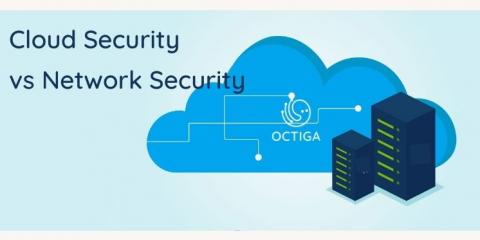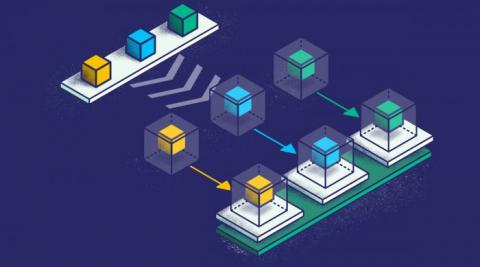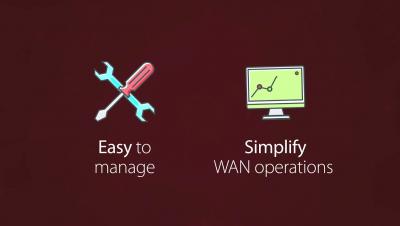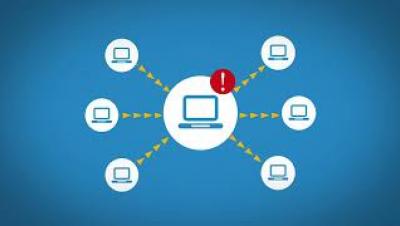Cloud Security vs. Network Security: Which is Best for your SME?
Being in cybersecurity line of business and being aware of the issues faced by multiple small to mid-sized businesses, we often come across various jargon which may be unclear to some. One of the most common questions for SMEs is should they focus on cloud security or network security. It is hard for SMEs to prioritise their security budget and find affordability with security. To make an informed decision, it’s important to understand the options.










